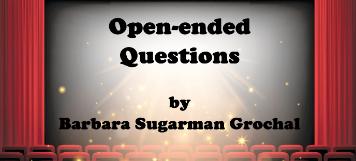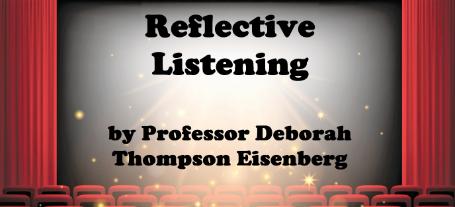Tip: Look, Listen and Connect your way to Conflict Prevention
Disagreements are a normal part of life, but few of us take pleasure in them. Most of us reflexively minimize or ignore a problem at first—yet that strategy of delay and denial often means disagreements grow from molehills into mountains. Instead, let’s take Ben Franklin’s approach, recognizing that “an ounce of prevention is worth a pound of cure”. What can we do to prevent our molehill disagreements from rising to mountains of disputes? Take more time to Look, Listen and Connect.
Look Car accidents and earthquakes aside, few problems truly come out of nowhere, and if we’re honest we can usually identify when misunderstandings first emerge. If you feel yourself stewing about a colleague after a frustrating meeting or pounding the keys to respond to a blame-shifting email, take a pause and take another look. Is there an underlying issue that’s going unaddressed? A leadership style that promotes dysfunction? A work schedule causing stress-filled responses? Look also means holding up a mirror to yourself. What role are you playing in maintaining a conflict—whether it’s gossip by the elevator or quietly delaying on a project?
Consider:
- offering an acknowledgement of another’s hard work,
- inviting others to help identify the problem, or
- apologizing if you haven’t been your best self.
Listen Listening may be our greatest communication tool, but research shows we don’t do it very well. We don’t pay attention and we don’t retain what we hear. Too often we follow Fran Lebowitz’s dictum: “The opposite of talking isn’t listening. The opposite of talking is waiting.” If we jump to conclusions after the first sentence or just wait to defend our settled views, we aren’t listening effectively. Staying present in a conversation demands attention to the verbal and non-verbal expressions of the speaker, gauging the important ideas expressed, and clarifying our understanding before responding with our own ideas. Consider listening as if a good friend was telling you some bad news or you are trying to understand the words to a new song.
Connect 21st century technology creates enormous efficiencies in communication and office management, yet the digital world feels a pale substitute for true human connection. Does this matter in our workplace? You bet it does. Social connection affects workplace collaboration, team cohesion, and personal happiness. According to Ariana Huffington, “One of the biggest consequences of all of this technology entering the workplace will be the premium placed on essential human qualities, like creativity, decision-making, empathy, and collaboration.” We may not gather at the water-cooler anymore, but we can take the time to greet our co-workers by name, engage in workplace social opportunities, and try a little small talk—digital or face-to-face--before the meeting starts.
Despite our best efforts, molehills sometimes do grow into mountains, and we may feel ill-equipped to resolve our workplace conflicts. UMB has a number of options, including the Workplace Mediation Service, to assist employees in addressing their concerns. Difficult conversations may benefit from the assistance of a trained, neutral mediator. Mediation is free, available and private.
Workplace Mediation Service:
Aisha Samples, MS
410-706-4270
mediation@umaryland.edu
The Workplace Mediation Service is part of the Center for Dispute Resolution at the University of Maryland Francis King Carey School of Law (C-DRUM).






 Tip: Cooking and Conflict Management
Tip: Cooking and Conflict Management